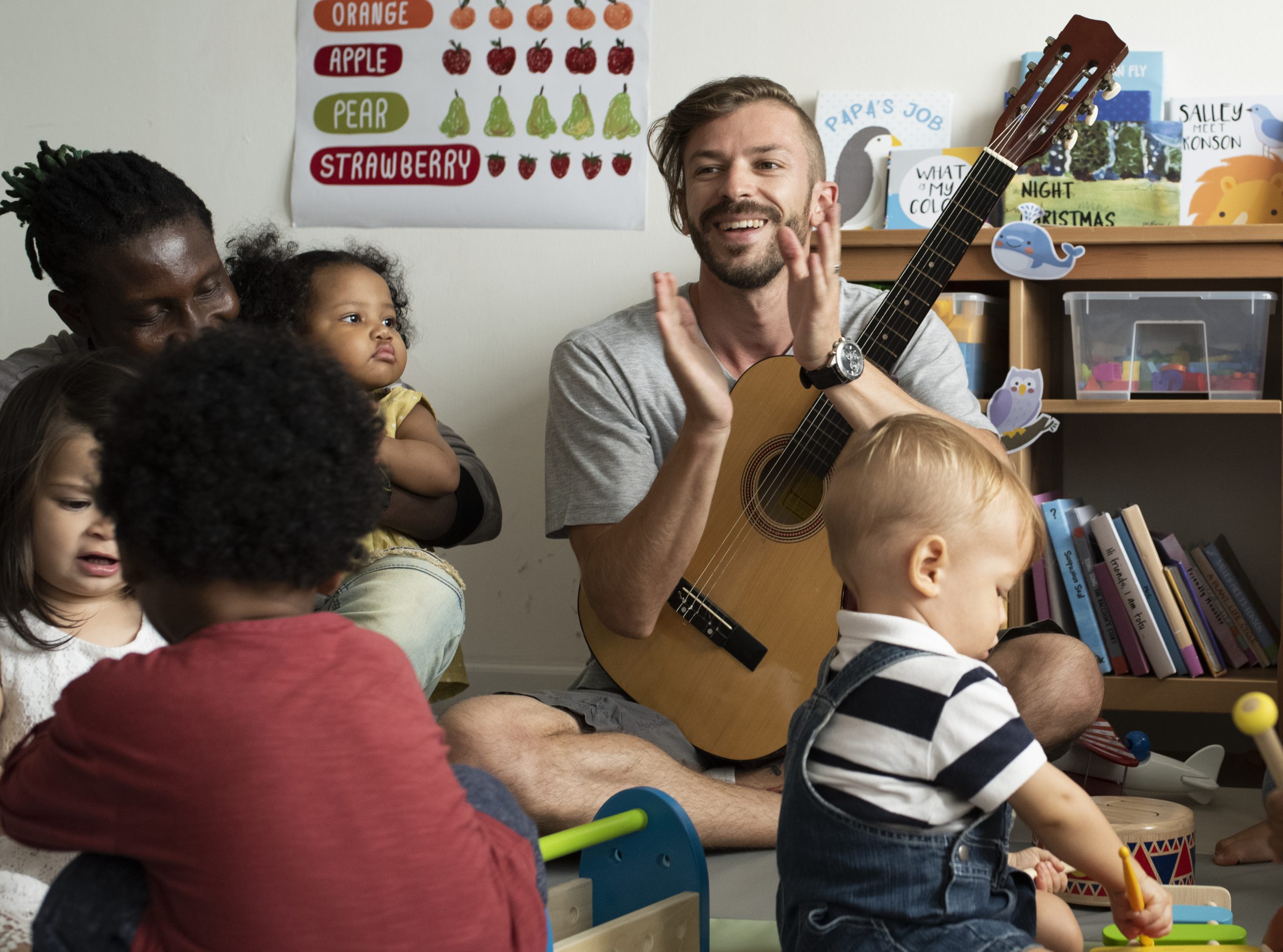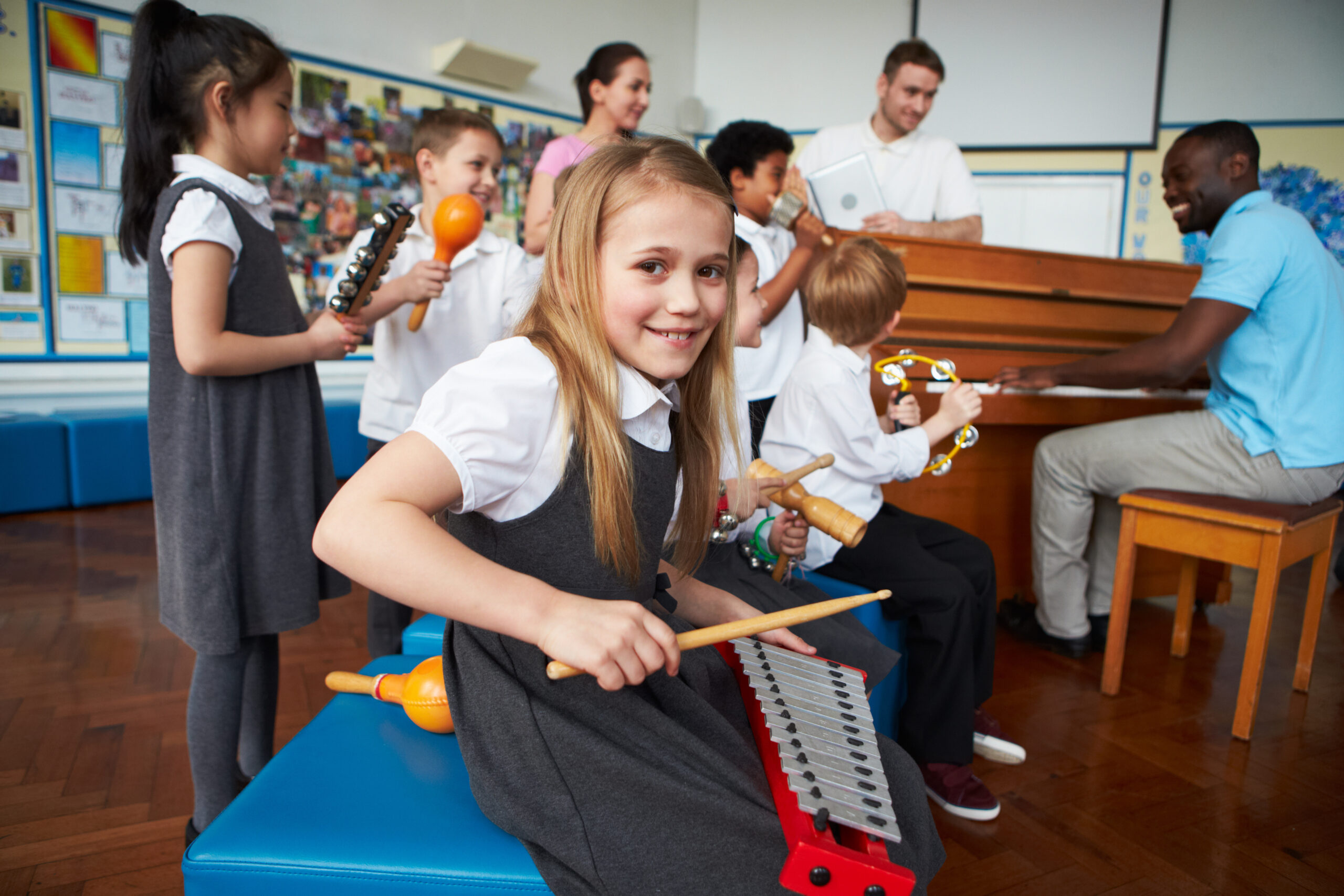FAQ's
Is Ludodidactics the same as gamification?
No. Ludodidactics is by no means the same as ‘gamification’. Gamification borrows components from games and game design and uses these as independent elements in order to make something that already exists seem more attractive, but without changing its primary function. Gamification focuses on form and mechanics to make something "look like a game", whereas ludodidactics focuses on behaviour and designing predictable outcomes. The contributing experts on ludodidactics have quietly resigned to the fact that the term ‘gamification’ is much more known and possibly more widely accepted, but it has to be repeated that ludodidactics offers a far more comprehensive and in-depth implementation of gaming principles in the domain of education in general.
What is the added value of Ludodidactics?
Traditional teaching is often based on content, or material. Ludodidactics is, instead, based on learning behaviour and the learning experience of the student. In traditional music education the principles deliberate practise have becoming increasingly problematic from a motivational perspective: it might take a long time to experience the real enjoyment from achieving (some) mastery of a difficult skill (hard mastery). Ludodidactics introduces new didactical principles that influence behaviour in a radical new manner: in ludodidactics there is a paradigm shift where the education professional designs the educational process, which frees up energy and time (for the teacher to spend on actual support) and introduces new self-propelling motivation for the students.
How can I introduce music from different cultures?
Mix wants to make the cultural diversity of students visible and discussable in music class. By giving more recognition to the traditions, customs and cultural baggage of each pupil, all pupils can grow in their own identity.
A reflective attitude towards your own class practice is probably the most important.
Asking yourself what you are already doing well, what you are slightly doing and what you are not doing yet is a good starting point.
Stories from the everyday lives of music education professionals and pupils can be both a starting point and a source of inspiration, thus becoming the 'salt and pepper' in music class.
GO AND EXPLORE!
I like the idea of exploring other cultures with my students
Can I become more aware of my own approach to diversity in music class?
By creating a mix account you can interact with the mix material.
In this way you can:
- Personalize mix-material and set your goals
- Bookmark what's inspirational for you
- Track your growth
- Gain insights into your opportunities as a music teacher
On the mix platform we also offer a lot of reflection tools to facilitate reflection on your approach and teaching materials, individually or with your colleagues.
How to deal with diversity in music class?
On the one hand, mix zooms in on cultural diversity. This includes linguistic diversity, social diversity, differences in customs and traditions and gender diversity.
On the other hand, mix also zooms in on diversity based on capacities. Here we place diversity in talent, diversity in age and we zoom in on diversity related to special needs.
Mix will give you inspiration and insight to be able to connect to the learning needs of the students. At the same time, we will offer you a whole new world of exchanges, with the possibility to highlight your personal points of interest.
ENJOY!
Is Ludodidactics a compromise to achieving real artistic goals?
No, unless you design your ludodidactic learning goals as such. Ludodidactics is nothing more than a new and additional didactical method in the pedagogical repertoire of the teacher. It doesn't replace proven and effective principles within music education. However, it tackles some of the more modern challenges in music education (e.g. motivation, engagement) very effectively.
Where can I learn to become a ludodidactician?
If you want to become a ludodidactician, you could start out here on this platform: familiarise yourself with the principles of ludodidactics, maybe order and read the book about ludodidactics and try to design and test your first ludodidactic prototype. If you find yourself wanting more, there are several courses on Ludodidactics at the HKU (University of the Arts Utrecht). Please visit the website of the HKU (University of the Arts Utrecht) for more information.


